Accelerating the use of 3-D printers
by all | 18 January 2018 9:21 am
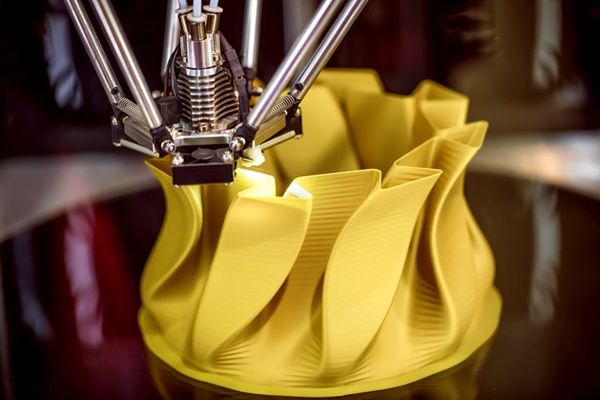 [1]Having already been changed significantly with the development of inkjet technology, the world of printing is now experiencing another revolution with additive manufacturing, also known as three-dimensional (3-D) printing.
[1]Having already been changed significantly with the development of inkjet technology, the world of printing is now experiencing another revolution with additive manufacturing, also known as three-dimensional (3-D) printing.
There are several methods by which 3-D printing can be accomplished, including fused deposition modelling (FDM), stereolithography (SL), laser sintering (LS) and high-speed sintering (HSS). In each case, software is used to design a 3-D model and then prepare it for printing by splitting it into two-dimensional (2-D) layers. These layers are then printed atop each other, creating a stack that forms the 3-D object. It is the process of creating these layers that differs between methods.
The most familiar form of 3-D printing is FDM, where a polymer-based filament roll is fed through a hot extruder to create each layer. Support materials may also be printed to help build the model off the bed, only to be removed later. This is a relatively cheap and easy option for creating colourful prototypes, but its speed and resolution do not lend themselves to final products.
SL, meanwhile, uses a resin bath and a laser. A platform is lifted to just below the bath’s surface, leaving a thin layer of liquid resin that is exposed to the focused laser, which traces and cures it into a solid. The platform is then lowered, allowing a new liquid layer to cover the previous. Once completed, the model is removed from the bath and placed in isopropyl alcohol to remove any excess uncured resin. SL can produce smooth, finely detailed models, but is limited in type and availability of materials and is usually too slow for full production runs.
LS also uses a laser to draw out each layer, but with powder on a tray, rather than resin in a bath. Sintering fuses the powder together and to the previous layer. Once the complete model is removed from the block, any excess powder is brushed away. LS opens the door to a wide range of durable, functional models, but still suffers from slow speeds.
Hence, HSS is now being developed to bridge the gap between 3-D printing and full production manufacturing. Instead of using a laser to trace out the layers, the powder is printed with inks, which are then fused under an infrared (IR) lamp. Multiple parts can be created simultaneously without adding to production time.
As such, HSS is on its way in overcoming 3-D printing’s hurdles, with the potential to create up to 100,000 models per day. Perhaps ironically, this potential is driving the further development of inkjet printheads and curable inks.
With files from Nazdar. For more information, visit www.nazdar.com[2].
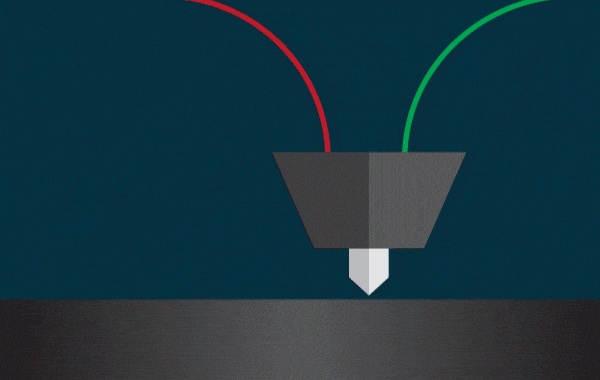
FDM
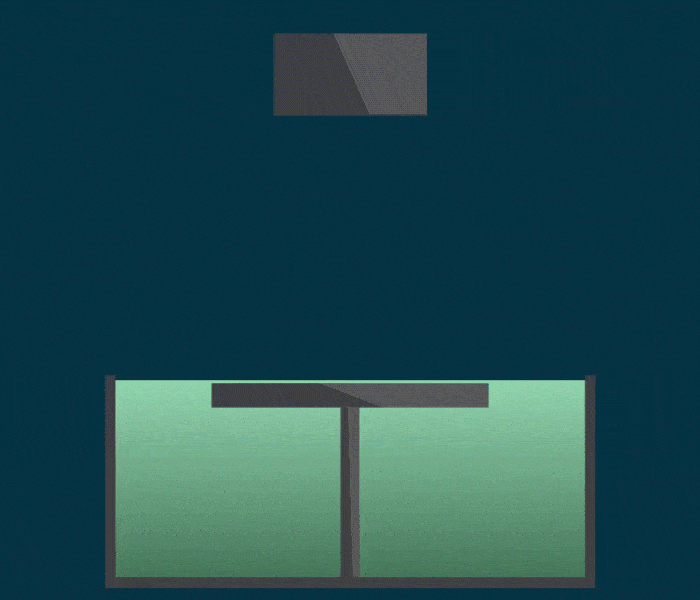
SL
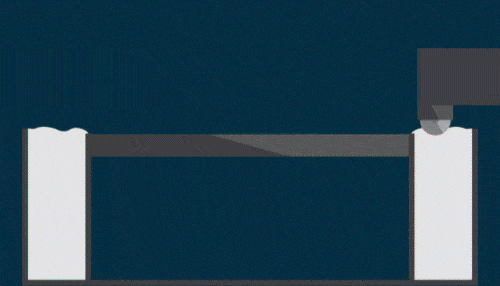 [3]
[3]HSS
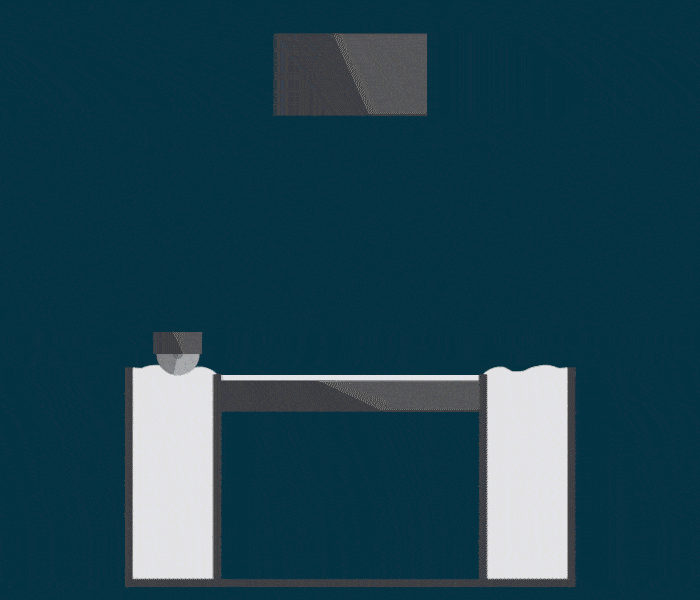 [4]
[4]LS
- [Image]: https://www.signmedia.ca/wp-content/uploads/2018/01/3dprinting.jpg
- www.nazdar.com: http://www.nazdar.com
- [Image]: https://www.signmedia.ca/wp-content/uploads/2018/01/HSS2_resize.gif
- [Image]: https://www.signmedia.ca/wp-content/uploads/2018/01/SLS_resize.gif
Source URL: https://www.signmedia.ca/accelerating-use-3-d-printers/